If you have ever traveled on the Lagos–Ibadan expressway, chances are you’ve experienced sudden call drops, frozen maps, or a complete loss of internet. The problem is not unique to you. Despite being Nigeria’s busiest highway, the Lagos–Ibadan expressway remains one of the country’s most notorious telecom black spots, where connectivity struggles to keep pace with the road’s critical economic and social role.
Carrying an estimated 46,000 to over 250,000 vehicles daily, depending on the season and traffic studies, the expressway is a lifeline for commuters, long-distance travelers, and the nation’s logistics industry. On an average day, approximately 12,000 trucks travel the route, underscoring its importance in moving goods between Lagos, the commercial capital, and the rest of Nigeria.
Yet, despite its significance, reliable mobile and internet coverage along this artery remains patchy. Why? The answers lie in infrastructure gaps, engineering trade-offs, and persistent sabotage.
The backbone: Fibre optics and capacity
At the heart of mobile connectivity is fibre optic infrastructure. Fibre cables act like the highways of the digital world, carrying huge volumes of traffic at high speed and low latency. Yahaya Ibrahim, Chief Technical Officer at MTN Nigeria, likens it to upgrading a two-lane road to a 500-lane superhighway: “Fibre infrastructure gives you capacity and resilience. It allows network elements to carry more traffic reliably and at a higher speed.”
Nigeria has over 40,000 kilometres of fibre crisscrossing the country. But cables are only one piece of the puzzle. Each segment of fibre has to be connected to base stations—telecom towers fitted with antennas and transmitters that provide the signal your phone uses. If the fibre is cut, damaged, or poorly connected, even the best towers won’t deliver smooth internet.
Towers, power, and passive infrastructure
Telecom sites are more than just steel towers rising above the highway. Each one—known as a Base Transceiver Station (BTS)—is built on two critical layers: passive and active infrastructure.
The passive side covers the essentials that keep the system alive: the mast, generator, backup batteries, and rectifiers. Rectifiers, in particular, are indispensable. They convert alternating current (AC) from the national grid into direct current (DC), the only power telecom equipment can use. Without them, radios and transmission gear would instantly shut down, plunging an area into blackout. Much of this passive infrastructure is owned and managed by companies like IHS Towers, which lease it to operators such as MTN.
The active side is where connectivity happens. Radios, antennas, and transmission equipment generate and deliver the signals that phones connect to. Both active and passive parts must work in lockstep. If one fails, the entire chain of connectivity collapses.
But building a tower is just the beginning. Once deployed, the network must be fine-tuned through optimisation. Engineers conduct drive tests along the expressway, measuring coverage, call drops, and interference. They also review detailed radio frequency (RF) data from the Operations and Maintenance Center (OMCR), checking parameters like VSWR (Voltage Standing Wave Ratio) and radiated power to ensure the signals are healthy.
After this first phase, most adjustments can be handled remotely through the OMCR or the Network Operations Center (NOC). Still, when hardware fails or physical faults occur, field technicians must return to the site. It’s this blend of constant remote monitoring and boots-on-the-ground repairs that keeps Nigeria’s networks running. On a corridor as critical as Lagos–Ibadan, however, disruptions are never far away.
Why do black spots happen?
Despite extensive investment in infrastructure, the Lagos–Ibadan expressway has persistent black spots. Examples include the stretch between Ore in Ondo State to Benin in Edo State. Ibrahim explains that one major cause is fibre cuts. Road construction crews, either unaware or careless, often dig up cables buried beneath the highways. While some firms notify operators ahead of work, many do not.
“Sometimes we relocate cables temporarily by hanging them on poles, but that exposes them to vandalism and accidents,” Ibrahim told TechCabal.
The numbers are staggering: up to 60% of network failures are linked to road construction damage, while 20% stem from vandalism and bush burning. In some cases, farmers or utility workers inadvertently destroy fiber while digging. In other cases, vandals deliberately set manholes on fire, as happened recently in Lekki, causing major traffic outages, according to Ibrahim.
Another challenge is geography. Towers are strategically placed, but hilly terrain, trees, and buildings can create coverage “holes.” When a phone moves out of range of one tower, it is supposed to hand over seamlessly to the next. If there is a gap because of distance, topography, or site shutdowns, users experience dropped calls and lost data signals.
The expressway problem
Highways like Lagos–Ibadan require specialised coverage setups. In cities, base stations typically use three antennas at 120-degree angles to cover dense urban environments. On highways, operators use two antennas facing opposite directions along the road, mounted higher to cover longer distances. This setup is cheaper—sometimes half the cost of urban deployments—but it also leaves fewer backups if one tower fails.
Mukesh Chandra, a senior telecom infrastructure consultant, told TechCabal that spectrum differences also affect coverage.
“A 2G BTS on 900MHz can cover about 2km with two antennas,” he said. “ But higher-frequency networks like 3G (2100MHz) and 4G require more towers for seamless coverage. For highways, the cost can be cut to around $100,000 per site, compared to $300,000 in cities, but that still adds up quickly over long stretches of road.”
This means operators must balance cost with coverage. Too few sites create black spots, while too many are financially unsustainable given Nigeria’s high cost of diesel, maintenance, and security.
Power and maintenance
Power is another Achilles heel. Nigeria’s unstable electricity grid forces operators to run sites on diesel generators. Each tower can consume between 1,000 and 2,000 liters of diesel monthly, depending on efficiency. Fuel shortages, theft, or generator breakdowns can take towers offline, especially in remote or insecure areas.
Maintenance itself is split among multiple contractors: tower companies handle passive infrastructure, telecom operators handle active equipment, and yet others maintain the fiber. This patchwork system increases complexity and delays in fixing outages, particularly along highways where logistics are harder.
Operators often build redundancy by running multiple fiber routes between cities. In theory, if one line is cut, traffic can be rerouted. But in practice, simultaneous incidents happen.
“Sometimes road construction cuts one route, bush burning damages another, and insecurity prevents us from fixing the third. When all routes fail, even resilient networks collapse,” Ibrahim notes.
Such incidents explain why even major cities like Abuja and Lagos have experienced simultaneous outages in the past. Along the Lagos–Ibadan road, the mix of construction, vandalism, and natural factors makes resilience hard to guarantee.
The bigger picture
Nigeria’s government has recognised the problem, designating telecoms infrastructure as Critical National Information Infrastructure (CNII) to improve protection. Security agencies are expected to respond more swiftly to vandalism, but with over 18,000 sites nationwide, the scope is massive.
Meanwhile, commuters continue to face patchy service on one of the country’s busiest corridors. Every dropped call or failed mobile payment is a reminder of how fragile digital connectivity remains, despite billions invested in networks.
Fixing black spots requires a combination of more robust infrastructure, better coordination with road contractors, stricter penalties for vandalism, and continued investment in coverage. Emerging technologies like satellite broadband may also help fill gaps, though cost remains a barrier.
For now, however, travellers on the Lagos–Ibadan expressway will need patience. Your internet connection is not failing because operators don’t care, but because building and maintaining seamless coverage in Nigeria is a constant battle against geography, power shortages, vandalism, and the sheer cost of keeping the digital highway open.
Mark your calendars! Moonshot by TechCabal is back in Lagos on October 15–16! Meet and learn from Africa’s top founders, creatives & tech leaders for 2 days of keynotes, mixers & future-forward ideas. Get your tickets now: moonshot.techcabal.com




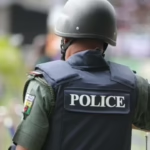



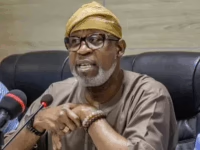


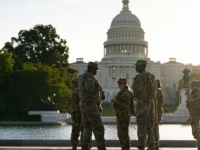
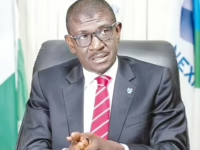
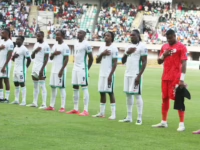

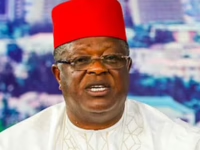
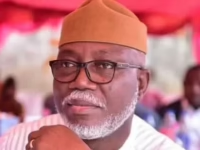
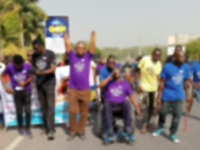
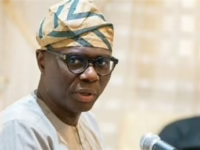

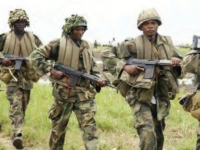
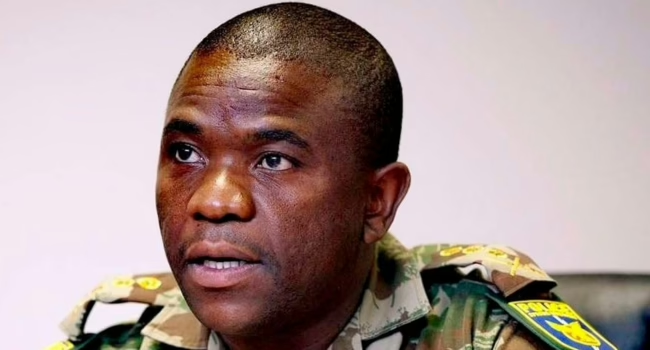

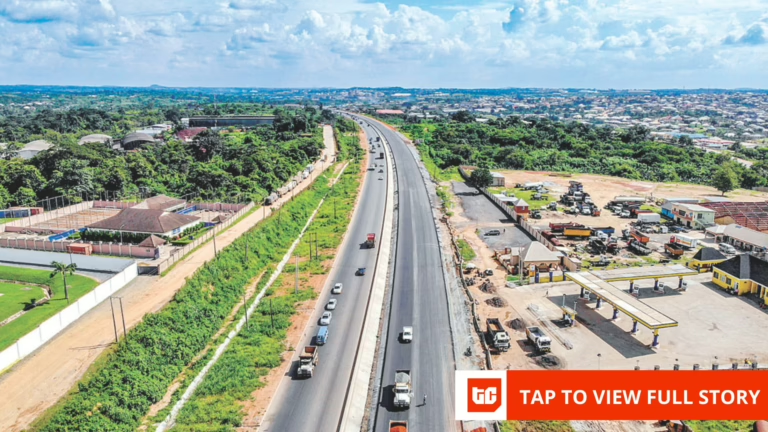
0 Comments